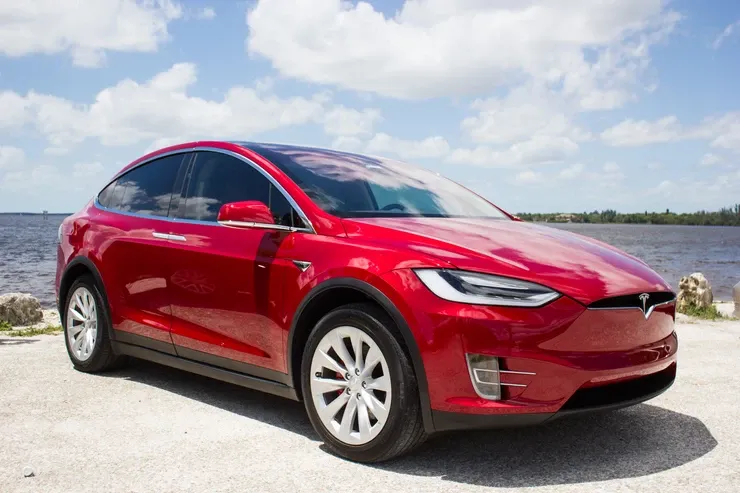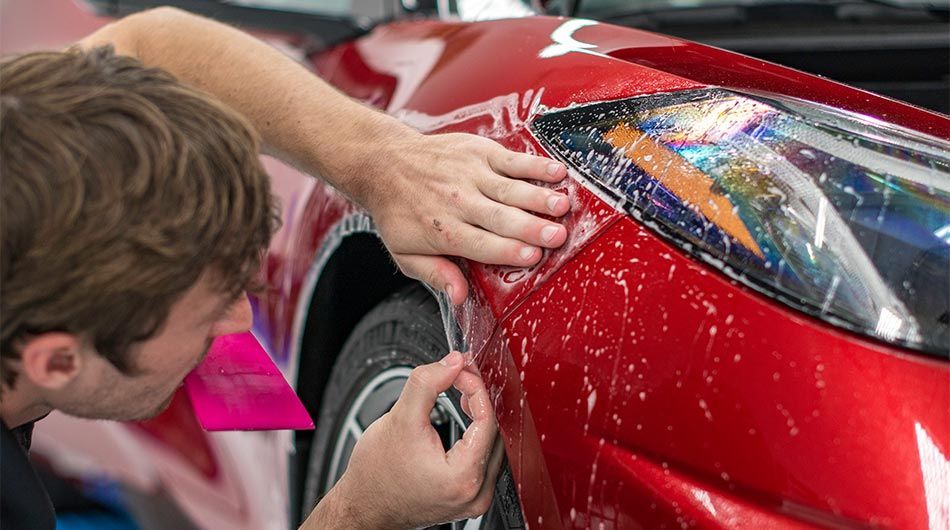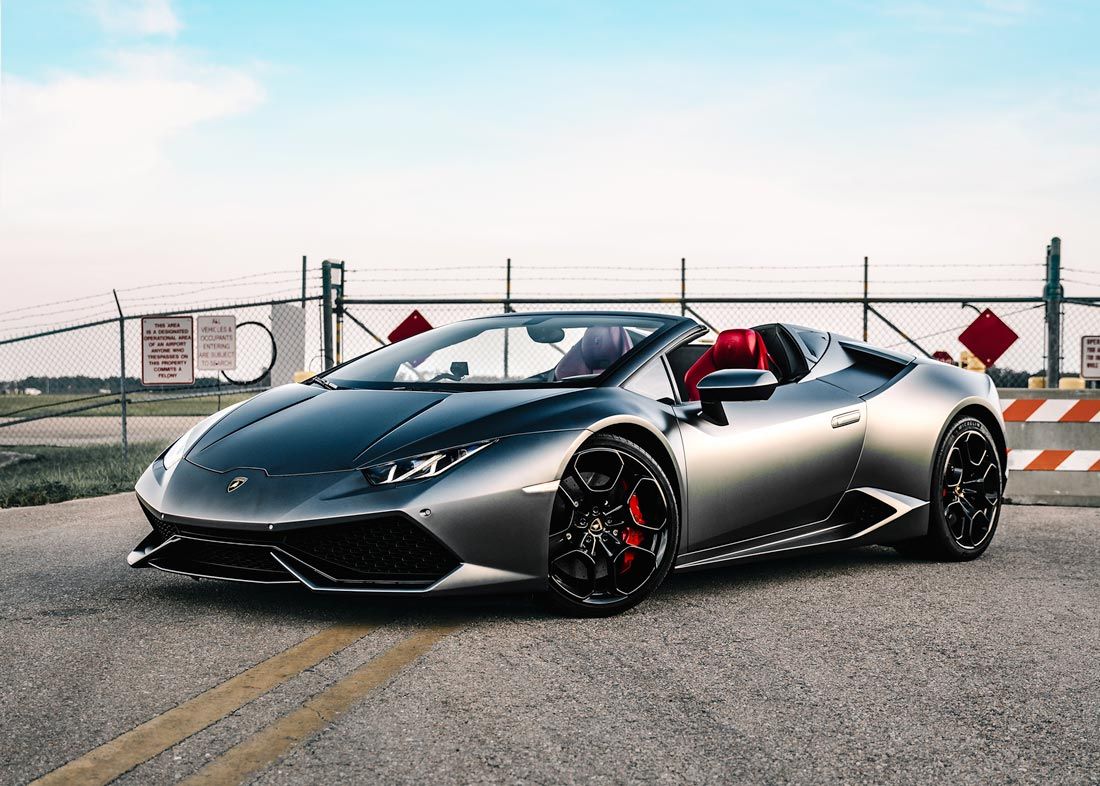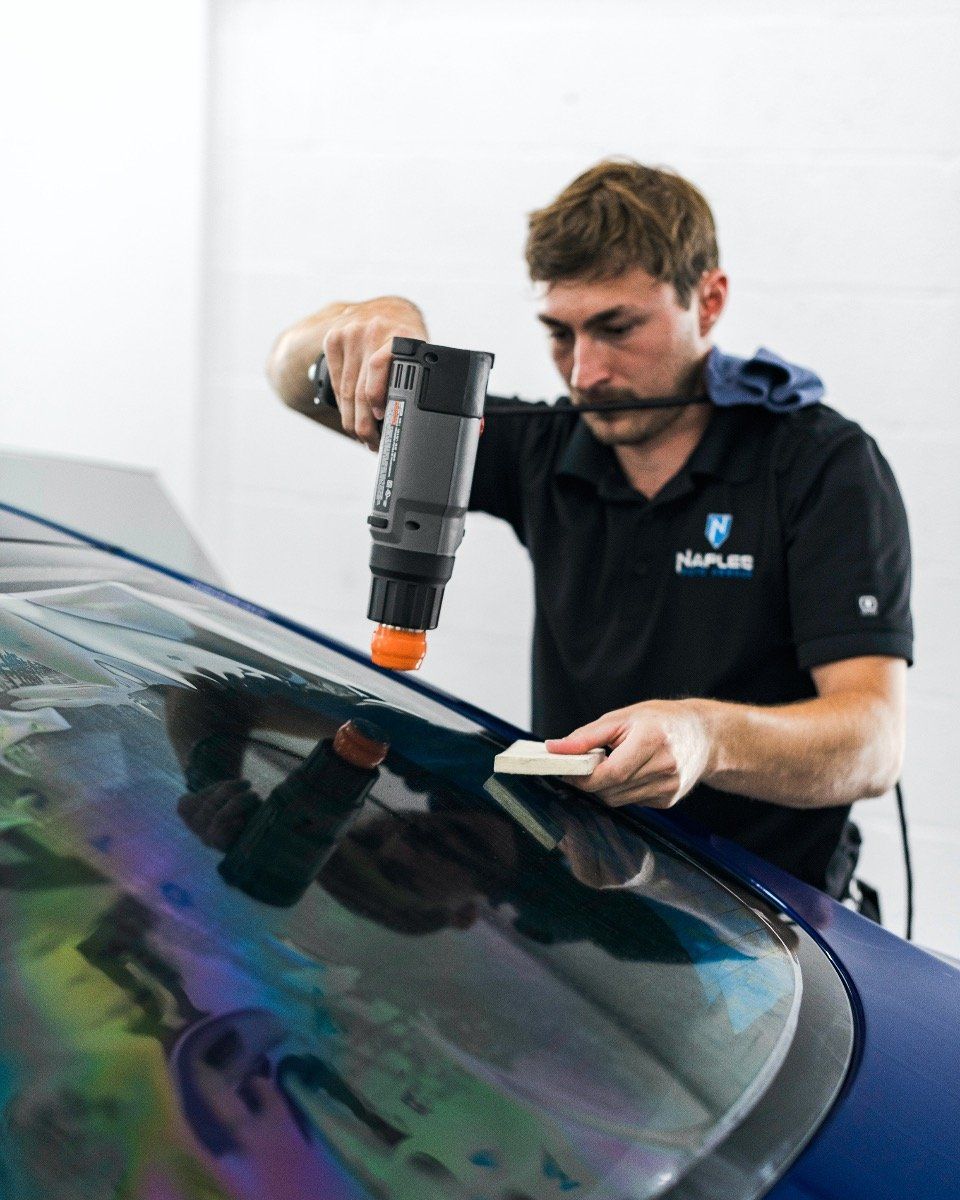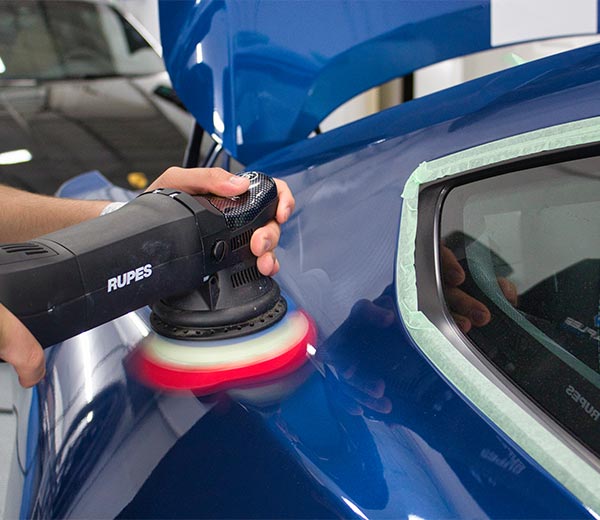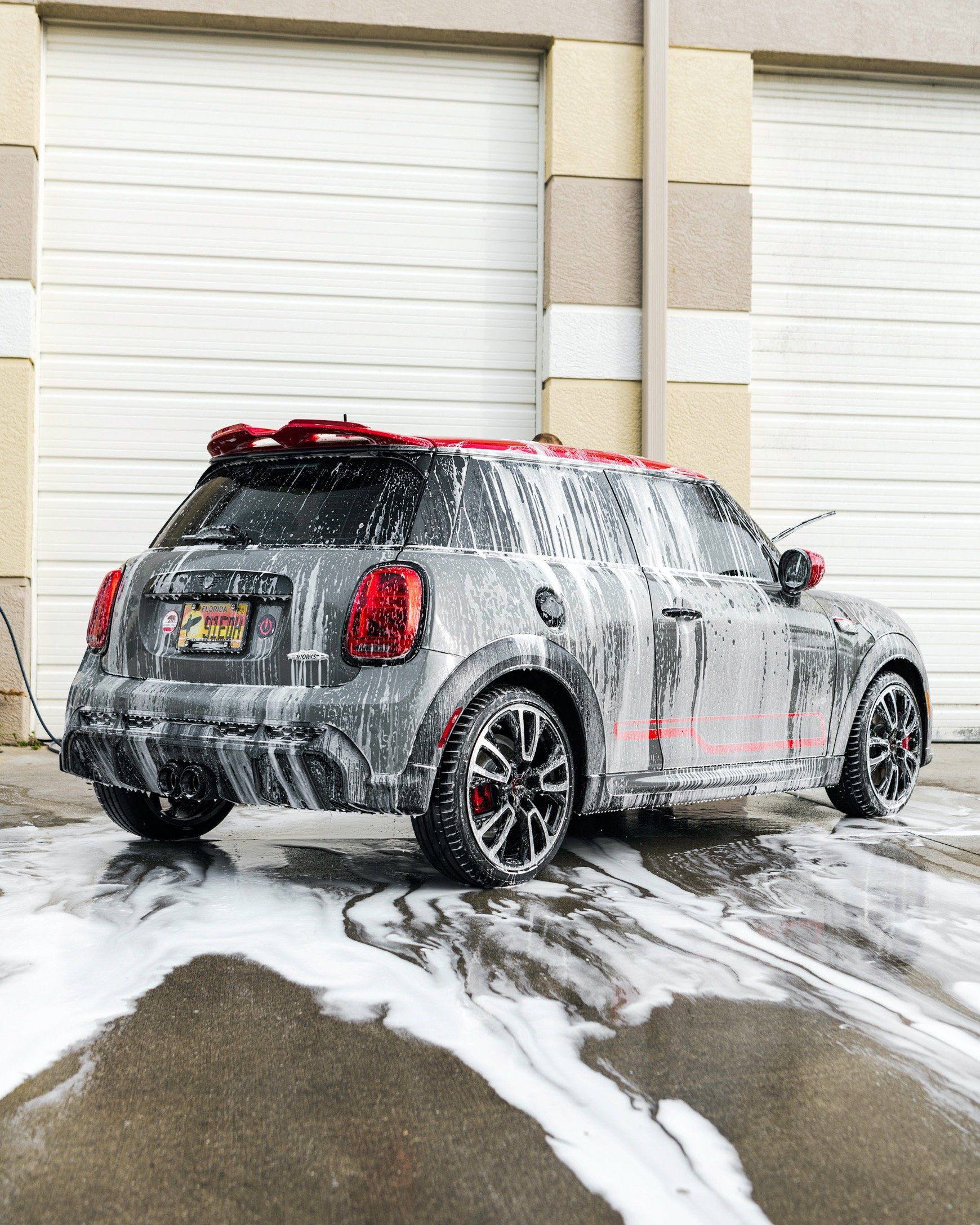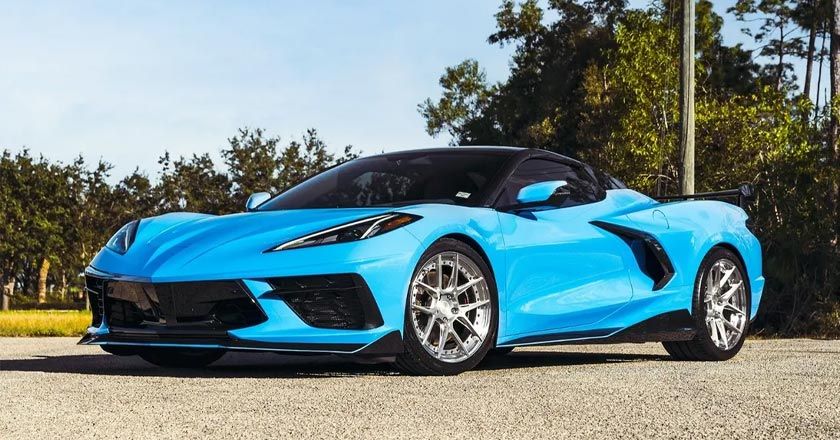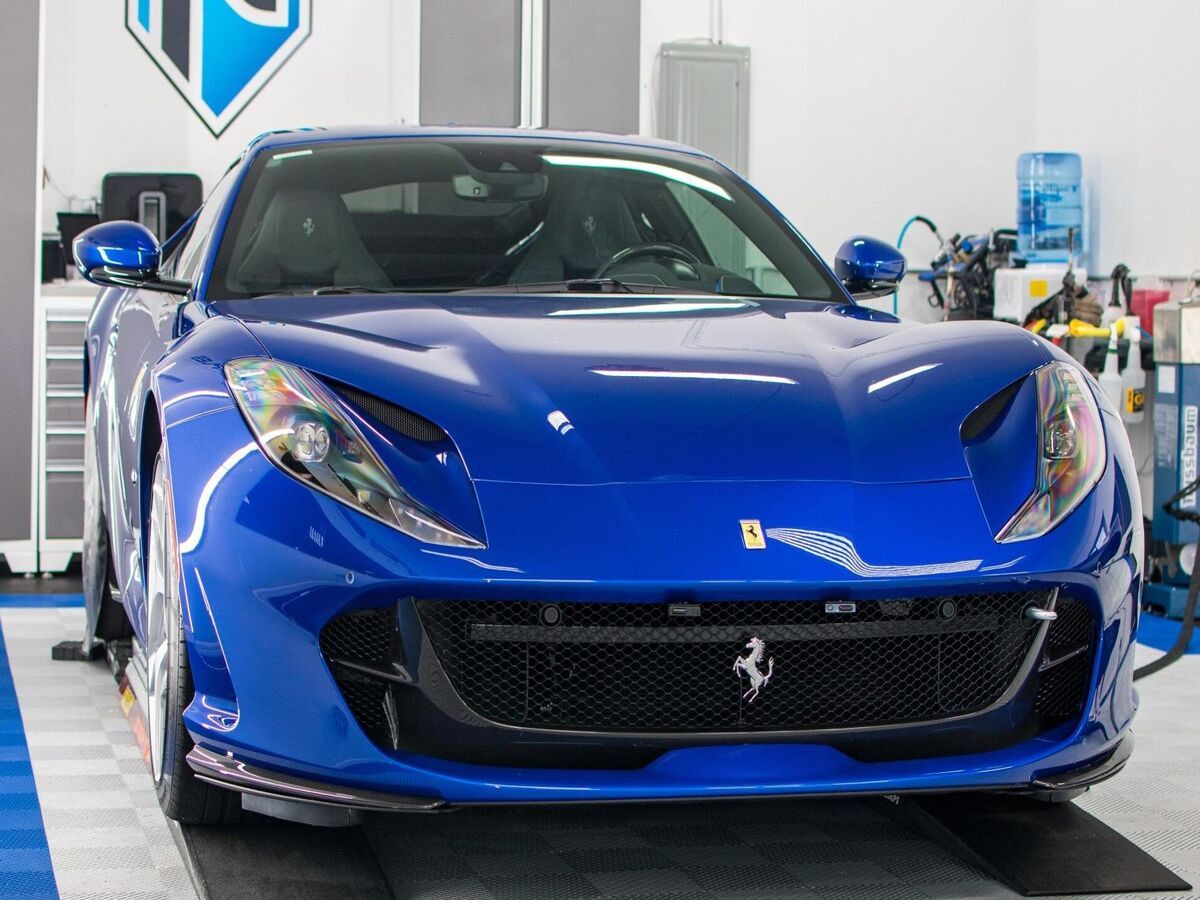Common Mistakes to Avoid When Installing Paint Protection Film
Taking pride in your car's appearance means seeking out every possible way to keep it looking pristine. One effective method is applying
paint protection film (PPF), but this DIY project isn't without its pitfalls. Imagine the frustration when hours of meticulous work result in unsightly bubbles or peeling edges due to a single overlooked step.
Ensuring you avoid these issues starts with knowing what not to do. It all matters, from improper surface preparation that leaves contaminants behind to hastily applying a low-quality film that barely holds up. We've invested time in gathering detailed guides, expert tips, and real-world examples from those who've successfully navigated this process. Our goal is to arm you with not just instructions but confidence in achieving a result worthy of admiration at your next car show outing or weekend road trip.
Common Paint Protection Film Mistakes
Paint protection film (PPF) is a fantastic way to keep your car looking its best, but it's essential to steer clear of missteps that can compromise the results. Let's look at a few common mistakes that many people make when installing PPF and how to avoid them.
Skipping surface preparation
Not cleaning and decontaminating the car's surface before installing the film is a crucial error. If you fail to properly prep the surface, any trapped dirt or debris under the film will eventually cause unsightly bubbles and imperfections. It's like trying to apply a sticker to a dirty, greasy surface—it just won't stick as well, and there's a high chance it won't last long.
So, before diving into the application process, take the necessary time to thoroughly clean and decontaminate the entire area where the PPF will be installed. This involves washing the car with automotive soap and water, using a clay bar to remove any embedded contaminants, and ensuring that the surface is completely dry before proceeding with the PPF installation.
Using Poor-Quality Film
One of the biggest mistakes you can make when installing PPF is opting for low-quality film in an effort to save money. While cheaper options may seem like a cost-effective solution initially, they often result in discoloration, peeling, and inadequate protection over time. It's similar to buying a knock-off version of a well-known product—it might seem like a bargain at first, but it ends up costing you more in the long run when you have to replace it sooner than expected.
Investing in a high-quality paint protection film may involve a slightly higher upfront cost, but it pays off in terms of durability, longevity, and overall performance. Look for reputable brands known for their quality and durability to ensure that your car receives the best possible protection.
Rushing the application process
Installing PPF requires patience and precision. Rushing through the application process without paying close attention to alignment and smoothing can result in air pockets, wrinkles, and weak adhesion points. Just like wrapping a gift, taking your time to ensure everything lines up perfectly is key to achieving professional-looking results.
When applying the film, use appropriate tools, such as squeegees and heat guns, to carefully align and smooth out any imperfections. The goal is to achieve seamless coverage without any visible edges or bubbles. Remember, patience is key—rushing through this step could lead to subpar results and reduce the lifespan of the PPF.
By understanding these common mistakes and taking proactive measures to avoid them during PPF installation, you can ensure a smooth process and superior results that effectively protect your car's exterior for years to come.
Ensure proper surface preparation
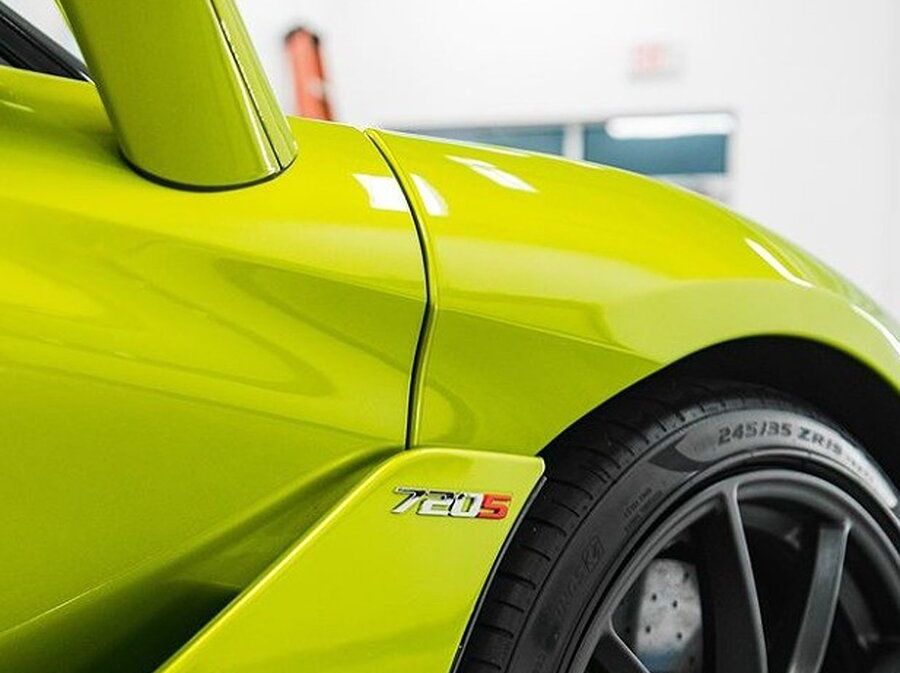
For a successful and long-lasting installation, prepare your car's surface properly before applying paint protection film (PPF). It's like laying the foundation for a sturdy house—you want to make sure it's solid so that everything you build on top of it stays strong.
Proper surface preparation not only ensures that the PPF adheres effectively but also prevents any imperfections or contaminants from negatively impacting the film's appearance and performance over time. Utilizing the right techniques, cleaning solutions, and tools is the key to achieving this.
Temperature and Humidity Considerations
Before diving into the cleaning process, it's important to note that the ideal temperature range for surface preparation is 18°C to 25°C. Additionally, maintaining an ideal humidity level within 40% to 70% creates optimal conditions for preserving the cleanliness and integrity of the car's surface.
Cleaning Solutions and Techniques
The first step in thorough cleaning involves using a high-quality car shampoo to remove all dirt, dust, and oils from the car's surface. This ensures a clean canvas for the PPF installation. Following this, the decontamination process using a clay bar becomes essential to eliminate embedded contaminants that may not be visible to the naked eye but can affect film adhesion.
| Cleaning Stage | Cleaning Method | Purpose |
|---|---|---|
| Thorough Cleaning | High-quality car shampoo | Remove dirt, dust, and oils. |
| Decontamination | Clay bar | Eliminate embedded contaminants |
This meticulous approach aims at creating an impeccably clean foundation for the paint protection film application.
Importance of Final Wipe Down
To ensure the surface is completely clean and free of residues that could interfere with the PPF bonding process, the process must conclude with a final wipe down using an isopropyl alcohol solution. This final step significantly contributes to achieving optimal adhesion and a flawless finish for the paint protection film.
Properly preparing your car's surface sets the stage for a successful paint protection film installation. Now that we've established the importance of surface preparation, let's explore the intricacies of selecting a high-quality PPF material for your vehicle.
Choosing a high-quality film
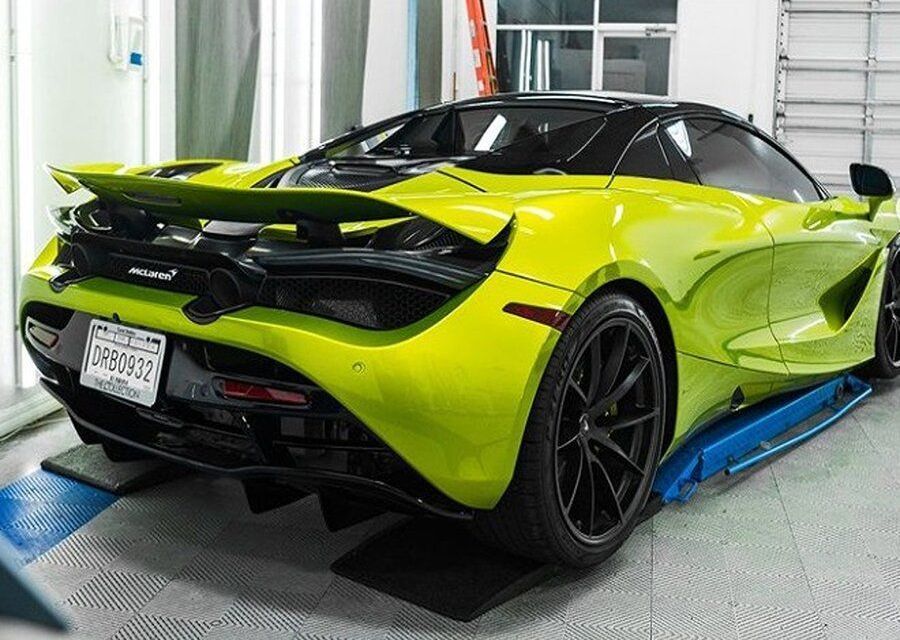
When it comes to selecting the right paint protection film for your car, durability and warranty play a critical role. It's essential to opt for PPF brands that offer a warranty of at least 5-10 years, indicating their confidence in the product's longevity and performance. A longer warranty not only provides peace of mind but also reflects the manufacturer's commitment to standing behind their product.
Make sure to thoroughly research the warranty coverage offered by different PPF brands and pay attention to any limitations or exclusions. A comprehensive warranty should cover issues such as yellowing, staining, cracking, peeling, and blistering. Understanding the warranty terms will clarify the aspects of PPF functionality that the manufacturer supports, offering valuable insights into its overall quality and reliability.
UV Resistance
Apart from durability and warranty, UV resistance is another vital feature to consider when selecting a paint protection film. Opt for films with UV-resistant properties to prevent yellowing and to safeguard the car’s paint from sun damage. Exposure to UV rays can cause the paint to fade or discolor over time, impacting the aesthetic appeal of the vehicle.
UV-resistant PPF not only protects your vehicle's exterior from potential sun damage, but it also preserves its resale value by maintaining the paint's color and condition. This makes it an important aspect to prioritize when evaluating different film options.
Self-Healing Properties
In addition to UV resistance, consider films with self-healing technology that can repair on their own when exposed to heat. Self-healing paint protection films automatically smooth out small surface imperfections using heat from the sun or a heat gun.
The self-healing functionality provides an added layer of defense against minor abrasions, ensuring that your car retains a polished look without requiring frequent touch-ups or repairs. This innovative feature contributes to the longevity of your PPF while reducing the maintenance efforts associated with preserving the appearance of your vehicle.
Correct Application Techniques
Imagine putting a sticker on your car, but you need to ensure this one looks excellent and stays put for a long time. That's what applying paint protection film (PPF) feels like.
The wet application method is a smart start to positioning PPF correctly. This method entails the use of a slip solution, a mixture of water and a small amount of baby shampoo. The slip solution helps slide the film into place, enabling precise positioning before squeegeeing out the liquid. It allows for easy removal of air bubbles and ensures a firm bond with your car, preventing any strange ripples.
For instance, when applying PPF to tricky areas like curved door panels or corners near headlights, gently stretching the film ensures it fits without wrinkles or tears. Overstretching beyond 10–15% is risky because it makes the film more susceptible to tearing, compromising its protective ability.
Once everything is in place, the sealing process comes into play. A high-quality squeegee is essential to ensure a flat, smooth finish with no air bubbles underneath. This meticulous process guarantees proper adhesion of the film without causing any damage.
Proper use of tools and materials
When it comes to installing paint protection film, using the right tools and materials can make all the difference. Let's start by looking at specialized tools designed for PPF installation. A heat gun is essential for heating and molding the film, while a squeezer with a pressure of 2–4 pounds per square inch ensures smooth and bubble-free application. Additionally, a precision knife with a 30-degree angled blade is specifically designed for trimming the film accurately.
Room Conditions
Maintaining the right room conditions is equally important in ensuring a successful PPF installation. Ideally, you should work in a clean, dust-free environment with a stable temperature around 70°F (21°C). This temperature facilitates optimal film adhesion and flexibility, allowing it to conform smoothly to the curves and contours of your car. Excessive dust or dirt in the air can be trapped under the film during installation, causing imperfections that impact both appearance and protection.
Material Handling
How you handle the PPF itself also matters greatly. When working with paint protection film, it's important to handle it carefully to avoid any unnecessary complications during installation. Use clean, dry hands or gloves to avoid contamination or unwanted creases on the film's surface. Since fingerprints on the film's adhesive side can affect its adhesion to your car, avoid them.
By using specialized tools, working in an ideal environment, and handling the material with care, you set yourself up for success when applying paint protection film to your car. Each aspect plays a critical role in achieving professional results and ensuring that your investment provides lasting protection for your vehicle's surfaces.
Tips for Long-Lasting Protection
So you've gone through the meticulous process of installing PPF on your car. Now it's time to ensure that it stays in top-notch condition. Here are some crucial tips that will help preserve the integrity and appearance of your PPF, extending its life while keeping your vehicle looking sleek and new.
Use PPF-compatible cleaning products
It's essential to use cleaning products specifically formulated for PPF maintenance. These specialized car shampoos are gentle on the film, effectively removing dirt and grime without compromising its protective qualities. Avoid harsh chemicals or abrasive cleaning tools that can wear down the film over time.
When it comes to cleaning your car with PPF, opting for high-quality, PPF-safe car shampoos is essential. These products aim to gently cleanse the film while efficiently removing dirt and contaminants from its surface. Additionally, using microfiber cloths or mitts during the cleaning process can further minimize the risk of abrasions on the PPF. By sticking to PPF-compatible cleaning solutions and soft applicators, you'll ensure that your PPF retains its protective properties without sustaining unnecessary damage during routine cleaning.
Steer clear of hazardous chemicals
Solvents and oil-based cleaners have no place near your paint protection film. These aggressive substances can compromise the integrity of the film, leading to degradation over time. It's important to understand that PPF is engineered to shield your vehicle from environmental elements, and using incompatible chemicals can undermine its protective capabilities. When caring for your PPF, always carefully read product labels and stay away from any cleaning agents containing solvents or oil-based components.
Regular Inspection and Timely Repairs
Implement a routine inspection schedule to assess the condition of your paint protection film. Check for any signs of wear, tear, or minor damages . Addressing these issues promptly with spot repairs is crucial in preventing them from exacerbating over time. Neglecting minor damages can lead to larger areas of delamination or discoloration, compromising the overall effectiveness of the PPF.
Protect your vehicle with Naples Auto Armour.
At Naples Auto Armour, we understand the importance of keeping your car looking its best. We design our premium paint protection film (PPF) services to protect your vehicle from everyday wear and tear, guaranteeing its pristine condition for years to come. Don't wait until it's too late—invest in the ultimate protection for your car today!
Why Choose Naples Auto Armour?
- High-Quality PPF: We use only the best films, known for their durability, UV resistance, and self-healing properties.
- Expert Installation: Our skilled technicians ensure a flawless application every time.
- Long-Term Protection: Preserve your car's paint from chips, and environmental damage.
Ready to Get Started?
To schedule your PPF installation, Book Naples Auto Armour today to learn more!
Naples Auto Armor Blog
